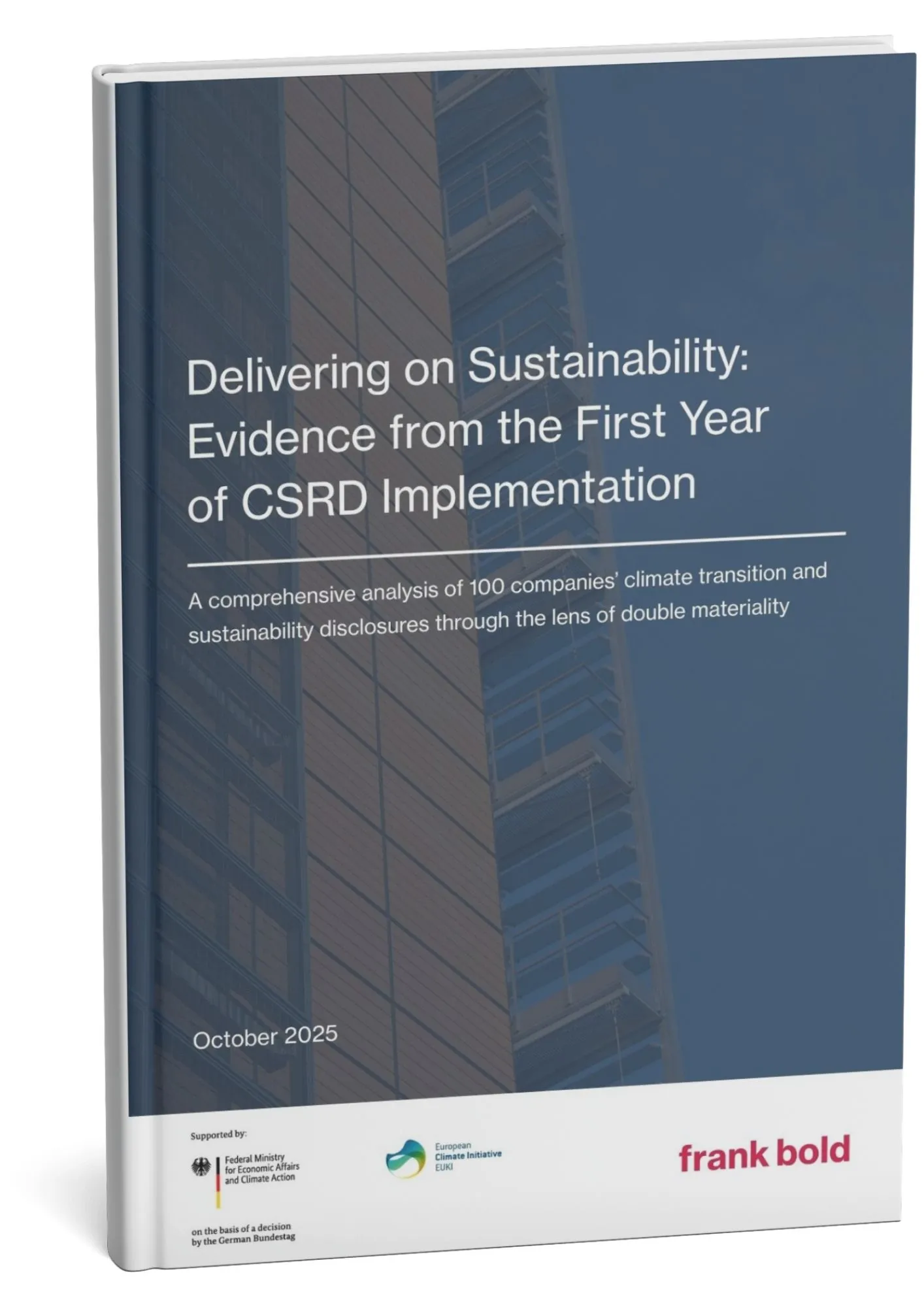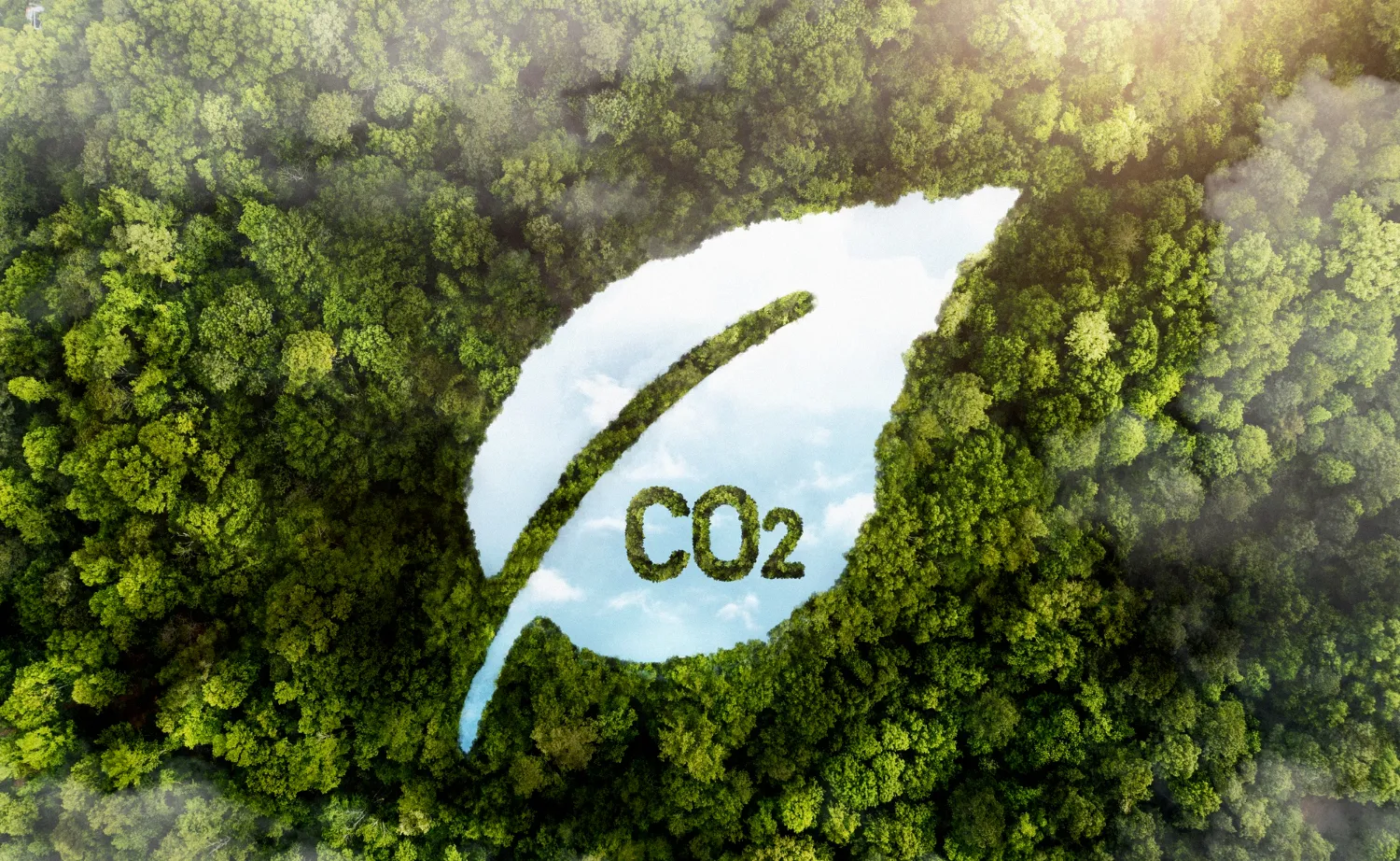For electricity consumers (particularly manufacturing companies), PPAs offer a way to secure affordable and stable access to highly sought-after green electricity for periods ranging from 5 to 20 years.
PPAs can be broadly divided into physical and virtual agreements. Physical PPAs involve the direct (physical) delivery of electricity between the contracting parties via a dedicated line or the distribution network. Virtual PPAs, on the other hand, are financial instruments without direct electricity delivery from producer to consumer.
In this case, the producer sells electricity from renewable sources into the grid at current market prices, while the consumer purchases electricity from their regular supplier. Through the virtual PPA, both parties compensate for the difference between the agreed and market price via a two-way price adjustment mechanism (contract for difference), thereby jointly mitigating market volatility.
Depending on the distance between the production source and the consumer, PPAs can also be classified as off-site or on-site. Off-site PPAs involve the delivery of green electricity via the public distribution network, sometimes even across national borders.
On-site PPAs are defined by the delivery of energy close to the point of consumption (e.g. on adjacent land next to a production facility or on the roof of a building). On-site contracts are currently the most commonly used option and serve as an alternative to building one’s own renewable energy source. Their main advantage lies in the ability to deliver green electricity via a direct line, avoiding the public distribution network and the associated state-regulated fees. This significantly improves the economics of on-site projects and results in savings for the consumer.
Compared to building a renewable energy source independently, the main advantage of PPAs is that the consumer does not need to cover the investment costs of construction and operation.
A key benefit of PPAs is price stability for both the consumer and the electricity producer. Other advantages include offsetting the consumer’s carbon footprint and improving the company’s ESG rating, which in turn facilitates access to financing for business development.
PPAs also enable more efficient use of electricity generated from specific renewable sources, especially in the case of on-site PPAs where electricity is produced and consumed locally. For producers, PPAs represent an important tool for securing funding for larger renewable energy projects – banks and other financial institutions often require such contracts as a condition for granting loans.
However, there are certain risks involved. These include inaccurate forecasts of future electricity prices or significant discrepancies between the agreed and actual market price, which may disadvantage one of the contracting parties. For this reason, it is advisable to consider a range of factors when negotiating a PPA – such as consumption profile, price limits, contract duration, and mechanisms for ensuring the fulfilment of obligations.
Book a non-binding consultation with us to explore PPA agreements and their potential applications.

Discover how European companies are managing ESG reporting. The new study by Frank Bold’s Responsible Companies team summarizes the first wave of sustainability reports from one hundred major European companies and shows that reporting under the CSRD provides valuable data for decision-making and is becoming an effective tool for risk management. Publication is part of the European Climate Initiative (EUKI) of the German Federal Ministry for Economic Affairs and Climate Action (BMWK).

Comprehensive Sustainability Report aligned with CSRD.
.webp)
A simplified ESG report for your business partners.

Mapped according to GHG Protocol Product Standard.

We are part of the Frank Bold Expert Group
Copyright ©
Aktuální rok script
Frank Bold